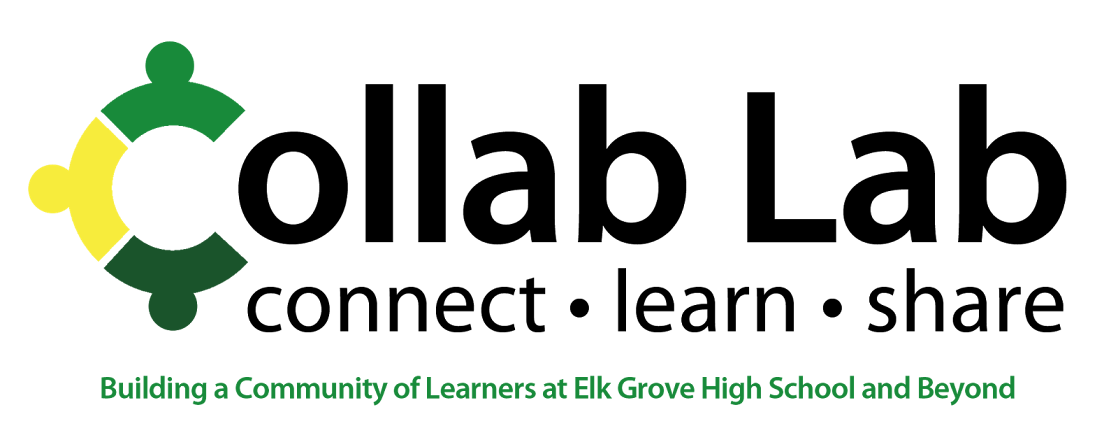1. Mirror Student's iPad on the Apple TV
This is a quick way to build student ownership and increase student engagement. Here, Mark Heintz has asked a student to project over the AppleTV, so all students in the class to see him take notes. Many teachers use this method of student ownership to show class agendas or view Schoology from the students' perspective, as their student view is different from that of the teacher.
2. Using Quizlet Live to engage students.
Quizlet live is a great interactive learning tool. It's user friendly and fun! Many teachers at Elk Grove have used Quizlet live, and we recently had the chance to join in on the fun in Eleanor Pattie's chemistry class. After logging in with their join code, students are grouped in random teams with fun team names. Team members must collaborate to successfully compete against the clock and their classmates to demonstrate their learning. Students get immediate feedback to confirm, or recognize gaps in, their understanding.
3. Place Your Bets! Formative Assessment & Self-Reflection in Chemistry
Eleanor Pattie engages her students in checks for understanding using a game she calls Place Your Bets. Students access learning resources via Schoology that Eleanor uses to pose questions. Before each question students reflect on their understanding to determine their "bet" which is a "dollar amount" they put on their game sheet. At the end of the short round (~five minutes/8 questions) students tally the amount that corresponds to their correct answers to determine the class winner. "Place your Bets" is a quick and fun way to vary a check for understanding after a lesson.
4. Adobe Spark: Creating and Making Learning Visible in CTE
The students in Pat McGing's Aerospace engineering class recently used Adobe Spark to create presentations to demonstrate their learning. Check out this example on Apollo 11:
5. Involving Students in their Learning: Remediation & Reassessment in Physics
Mr. Bozcar and the regular physics team have students self-assess following a unit test. For each test question, students gives themselves a "+" or "-" to indicate their confidence in knowing how to answer the question. Then they give a check or an "x" to indicate if the answer was correct or not. Then they give themselves a score of 1-4 based on a rubric (below right).
Next, students complete test corrections on the document below. They are given a class period to do this.
Lastly, the physics teachers have a schedule for reassessment with any one of the physics teachers on the team.














hmmmm
ReplyDelete